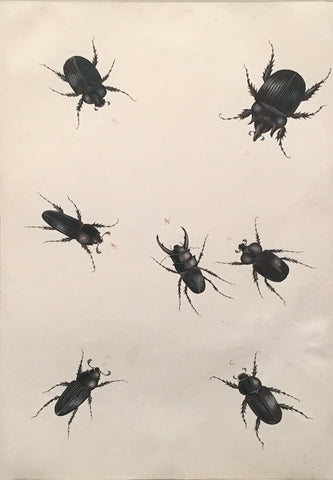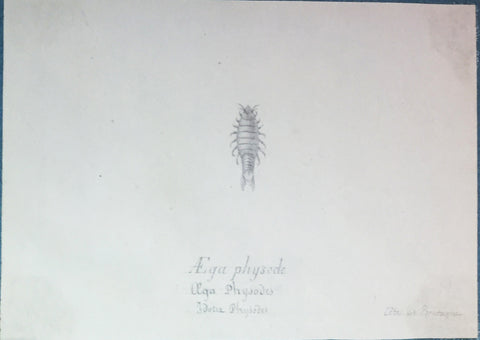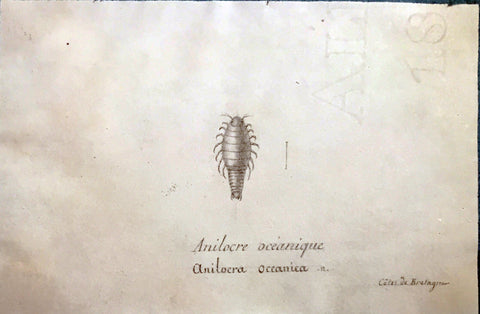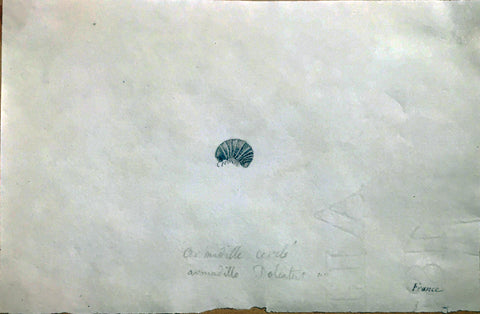
NICOLAAS STRUYK, ATTRIBUTED TO (DUTCH, 1686-1769), Beetles
NICOLAAS STRUYK, ATTRIBUTED TO (DUTCH, 1686-1769)
Beetles
Watercolor and gouache over chalk on paper
Specimens lettered with red ink
ca. 1715
Paper size: 15 x 9 3/4 in.
Frame size: 19 3/4 x 14 1/2 in.
Beetles
Watercolor and gouache over chalk on paper
Specimens lettered with red ink
ca. 1715
Paper size: 15 x 9 3/4 in.
Frame size: 19 3/4 x 14 1/2 in.
During the era of cabinets of curiosity, insects were a popular object of interest due to their small size and visual appeal. They were generally preserved in boxes, with the wings of butterflies and moths spread out, as is still done today. While naturalists found images to be a better source of information about an organism than written descriptions or summaries, actual specimens were considered the best way to gain knowledge of an insect’s physical features. Drawings and preserved specimens were considered immutable and served as the best way for interested parties to keep information for future study.
Nicolaas Struyk, a Dutch mathematician, developed a keen interest in insects during his youth. He collected them on outings with his father and had access to extensive collections being assembled in Amsterdam, an international trading city. Struyk was closely involved in the creation of one of the most significant natural history collections belonging to Albertus Seba, a pharmacist who provided medicines to voyagers traveling to faraway places. Seba acquired natural history specimens from sailors who returned from their voyages, attempting to identify materials with pharmaceutical potential. He eventually built an enormous collection that he sold to Russian tsar Peter the Great. Struyk created beautiful illustrations of Seba’s specimens and other similar materials from various collections, compiling six volumes of drawings by 1719.
The specimens pictured were likely brought to the Netherlands from various regions, and it should not be assumed that they all came from the same place. Each specimen is labeled with a letter that may have matched up to a list, inventory, or the physical specimen.
Nicolaas Struyk, a Dutch mathematician, developed a keen interest in insects during his youth. He collected them on outings with his father and had access to extensive collections being assembled in Amsterdam, an international trading city. Struyk was closely involved in the creation of one of the most significant natural history collections belonging to Albertus Seba, a pharmacist who provided medicines to voyagers traveling to faraway places. Seba acquired natural history specimens from sailors who returned from their voyages, attempting to identify materials with pharmaceutical potential. He eventually built an enormous collection that he sold to Russian tsar Peter the Great. Struyk created beautiful illustrations of Seba’s specimens and other similar materials from various collections, compiling six volumes of drawings by 1719.
The specimens pictured were likely brought to the Netherlands from various regions, and it should not be assumed that they all came from the same place. Each specimen is labeled with a letter that may have matched up to a list, inventory, or the physical specimen.
We Also Recommend





